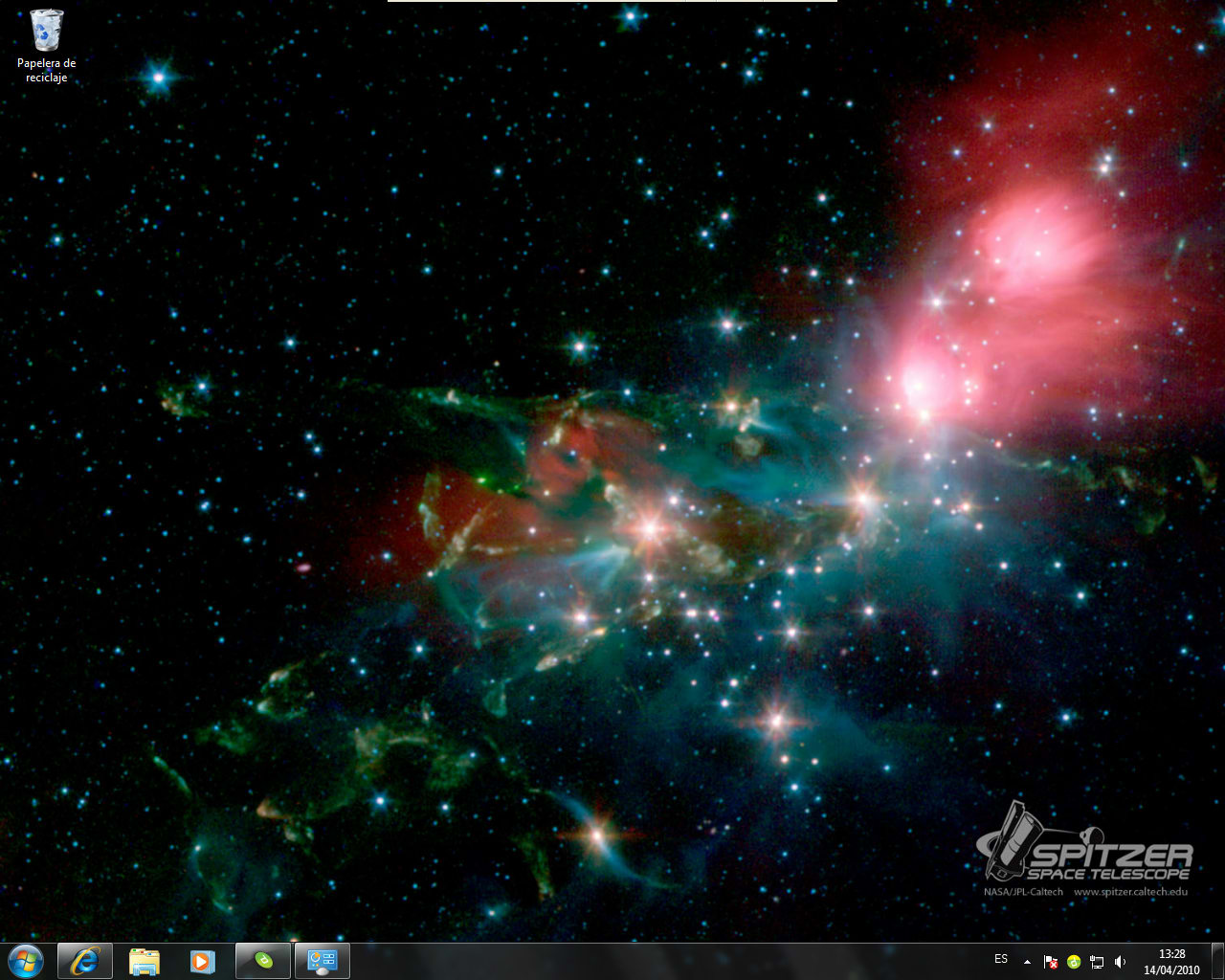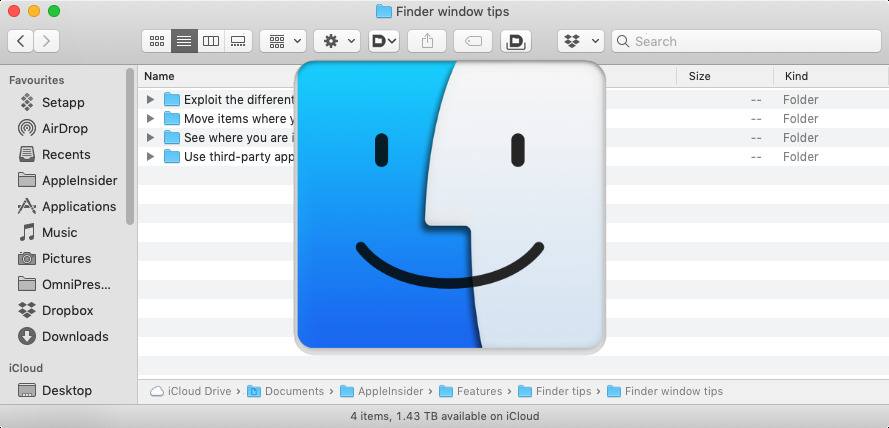Want to merge a folder on a Mac, combining the files from the two folders into one without entirely deleting the contents of one folder? This also requires holding the Option key, but this time while you drag-and-drop a folder into another folder. The hidden Merge button won’t appear unless you hold the Option key.
- Mac file recovery software supports you to find and restore all hidden files on the Mac or external storage devices with simple clicks. Download for Mac Download for PC ' I got some important files saved on my Mac disk and I hide them on the computer so to avoid accidental deletion.
- Nowadays most popular TV shows also come up as detective games. Castle, Criminal Minds, Murder She Wrote and Paranormal State are just few examples of the kind. Whatever topic you decide to start with, Absolutist remains your source of best hidden object games for Mac OS X.
- Folder Hidden is free to try for seven days, and a two-year subscription costs only $26.88, making it a good deal for the excellent added security it provides. Editors' note: This is a review of.
- All Macs have this handy little tool called Disk Utility, which can be used for many things.It’s just hidden somewhere in the Utilities folder under the Applications folder.
Did you know that on the Mac there are thousands of files and folders hidden from you to prevent you from messing around with them? Take the Macintosh HD root directory, for example: in the screenshot below you’ll only see four folders and one file. That's a total of five items, compared to the 30 that will be revealed when you’re able to see all files and folders using this simple trick. Read on to find out how hidden files can be viewed and to discover the purpose they serve.
Why Are Files Hidden in macOS?
Commonly used in computing for storing user preferences or preserving a given state of a utility, hidden files or folders don't appear in Finder, for a very simple reason: some things just don't need to be visible to everyone, because messing around with them could put the overall stability of the operating system at risk. Simply put, these files and folders are just too confusing for the average user, so they're better staying hidden until you need them and feel confident enough to deal with their content.
Download CleanMyMac X from MacPaw’s website and clean up to 500MB of junk data from your computer while enjoying all the features of the software without major limitations.
What Kind of Files Are Hidden on macOS

Files preceded with a “.” are hidden from the normal list view, such as .cleverfiles, .TemporaryItems, .feventsd directories, for example. However, folders such as /usr, /bin, and the like are also hidden from sight. There is one folder, though, that users will regularly seek access to, and that is the Library folder (~/Library). This is the place where user-specific app support files and sometimes data are stored.
Why the Need to View Hidden Files?
Sometimes advanced Mac users will turn to these files to tweak the Mac's performance or functionality. Whether it’s due to a Mac optimization tip they've read on Best Reviews or because a troubleshooting process requires deleting a particular user preference or log file that's hidden from sight. Some Mac users may want to remove some unused or redundant hidden files because they occupy precious disk space.
How to View Hidden Files in Modern Versions of macOS
Modern versions of macOS offer a convenient way to reveal invisible files: all you need to know is a keyboard shortcut. Using this key combination will unhide hidden files and folders in an instant, while a second press of the same combination will remove those files from sight again.
This keyboard shortcut works only on macOS 10.12 Sierra or later, so users running an earlier version of the operating system will need to use a Terminal command.
Here is how the key combination works:
- Navigate to the folder containing hidden files, such as Macintosh HD or the user Home folder.
- Press Command + Shift + Period.
- Enjoy the view of all files and folders existing in that directory.
As soon as you press the keyboard shortcut, all files and folders within the chosen directory that are marked as invisible will instantly come into sight. Hidden items will have dimmed, gray names.
To view hidden files on earlier macOS versions, open Terminal and copy and paste the following command:
defaults write com.apple.finder AppleShowAllFiles TRUE;killall Finder
The “killall Finder” command will relaunch the Finder app with those hidden files now visible. To once again hide invisible files, users on modern versions of macOS need to only press the Command + Shift + Period shortcut once again. On older versions of the Mac operating system use the following command in the Terminal window:
defaults write com.apple.Finder AppleShowAllFiles FALSE;killall Finder
As you can see, there is no witchcraft surrounding the viewing and hiding of files on macOS. The only thing that matters is what you do with these hidden files once you find them because novice Mac users can easily end up in places they shouldn't be and may delete system files. Alter hidden files only if you have enough knowledge of what you are doing, otherwise you risk the overall stability of the system and may need to reinstall macOS.
Best Mac Optimization Software of 2020

| Rank | Company | Info | Visit |
| |||
| |||
|
Get the Best Deals on Mac Optimization Software
Stay up to date on the latest tech news and discounts on Mac optimization software with our monthly newsletter.
Security researchers are warning of new Mac ransomware spread via pirated software on torrent and similar sites.
Malwarebytes director of Mac and mobile, Thomas Reed, explained that the EvilQuest malware is now dubbed “OSX.ThiefQuest” to avoid confusion with a 2012 gaming title.
Hidden Software For Mac Windows 10
He was first alerted to the ransomware hidden in a legitimate-looking edition of macOS firewall Little Snitch and uploaded to a Russian torrent site. However, it has subsequently been found in an installer for DJ software Mixed In Key 8 and will “undoubtedly” be hidden in other pirated software, Reed claimed.
“The malware wasn’t particularly smart about what files it encrypted, however,” he continued. “It appeared to encrypt a number of settings files and other data files, such as the keychain files. This resulted in an error message when logging in post-encryption.”
Other researchers have indicated that the ransomware also contains a keylogger, due to the presence of calls to system routing CGEventTapCreate, and even steals any cryptocurrency wallet-related files it finds. The malware also opens a reverse shell to communicate with a command and control (C&C) server, Reed explained.
Hidden Software For Mac Download
Once complete, the pop-up message demands $50 from the victim to recover their files. As of yet there is no decryption key available, although Reed said that researchers are working on trying to understand what kind of encryption the malware uses and whether it can be cracked, like the FindZip Mac variant.
In the meantime, he recommended best practice backups and effective AV as the main way to mitigate the threat.
“The best way of avoiding the consequences of ransomware is to maintain a good set of backups. Keep at least two backup copies of all-important data, and at least one should not be kept attached to your Mac at all times (ransomware may try to encrypt or damage backups on connected drives),” Reed concluded.
“I personally have multiple hard drives for backups. I use Time Machine to maintain a couple, and Carbon Copy Cloner to maintain a couple more. One of the backups is always in the safe deposit box at the bank, and I swap them periodically, so that worst case scenario, I always have reasonably recent data stored in a safe location.”
